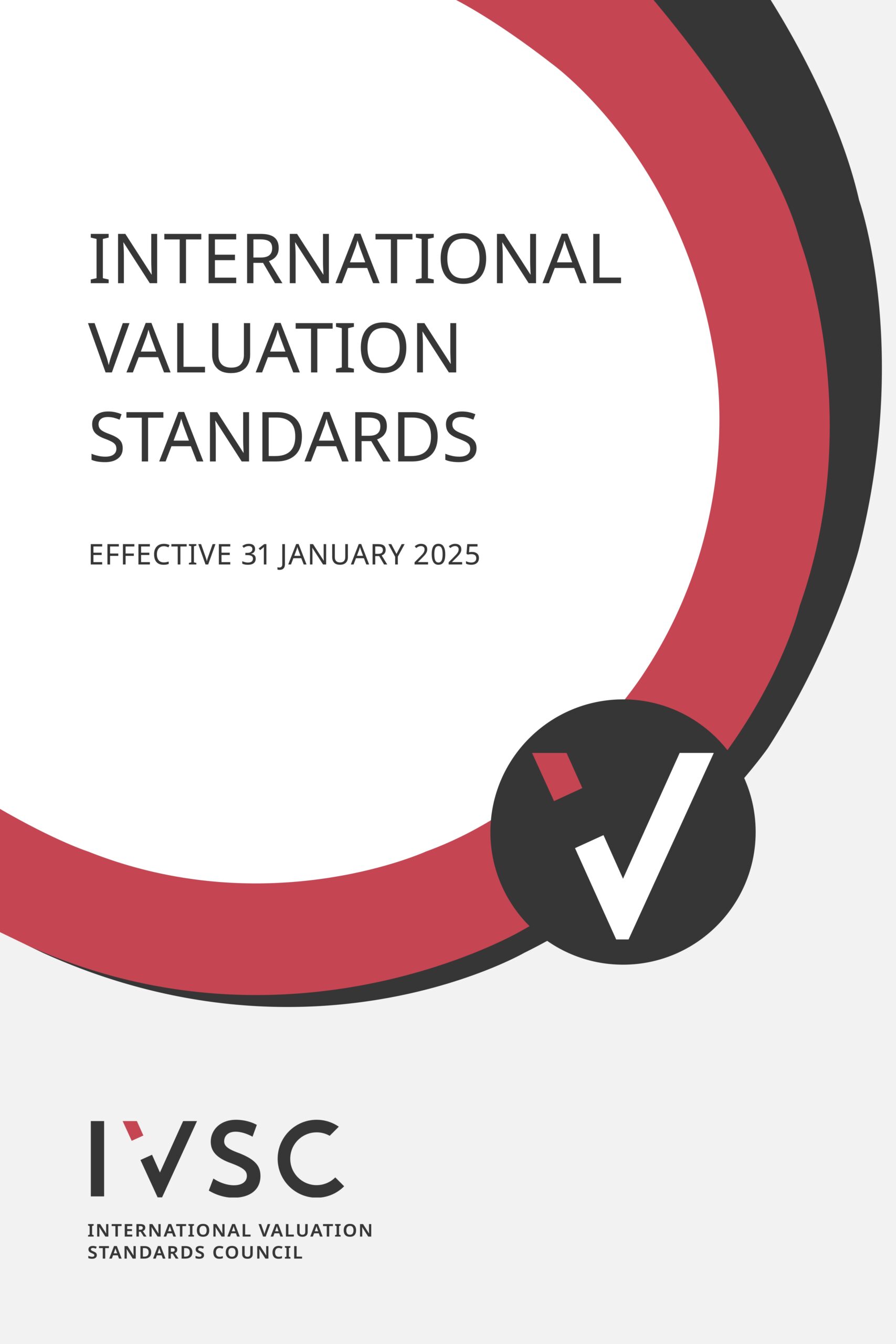 Several years ago while serving as equipment appraisal expert witness for the Ophir Fire, I discovered the Wildland Fire Litigation Conference and put it on my appraisal bucket list. Just this year, my schedule finally allowed me to attend the conference. In the intervening years, I’ve done many equipment appraisals related to insurance loss claims, a number of them for fire loss claims (see below), so I felt prepared. Although the conference is mostly attended by attorneys, a fair number of other experts also attended: mostly in fire science such as cause of action analysis, ignition theory and burn patterns; several vegetation experts representing areas such as noxious weed analysis; and a handful of real property appraisers along with me, the lone equipment appraiser.
Several years ago while serving as equipment appraisal expert witness for the Ophir Fire, I discovered the Wildland Fire Litigation Conference and put it on my appraisal bucket list. Just this year, my schedule finally allowed me to attend the conference. In the intervening years, I’ve done many equipment appraisals related to insurance loss claims, a number of them for fire loss claims (see below), so I felt prepared. Although the conference is mostly attended by attorneys, a fair number of other experts also attended: mostly in fire science such as cause of action analysis, ignition theory and burn patterns; several vegetation experts representing areas such as noxious weed analysis; and a handful of real property appraisers along with me, the lone equipment appraiser.
I’d like to summarize a few of the talks that I found particularly interesting during this two-day, three-track conference, founded and hosted by attorney Ken Roye out of Chico.
Mass Torts
David Carr, Esq., is senior counsel in the Legal Ethics group at Klindinst, PC, out of San Diego, CA. His presentation on aggregated settlements for mass torts helped me to understand the issues that attorneys face when they are dealing with several plaintiffs related to one cause of action, such as a wildfire. I also learned that the disclosures attorneys are required to make to other plaintiffs in a mass tort settlement could also influence how an expert would interact with different plaintiffs that are are all named in the same mass tort. Useful for me to be aware of this when I’m in the situation of appraising equipment for different parties in a mass tort.
Oil Creek Fire
Having studied up on wildfire by reading The Big Burn and Young Men and Fire several years ago, I really enjoyed the 3-hours presentation on the Oil Creek Fire in Newcastle, Wyoming.
Originally thought to be a small fire of minimal consequence, Oil Creek burned 62,000+ acres and developed into a precedent-setting case involving 25 different experts. Prevailing attorney Ken Barker of Barker Wilson Law firm out of Belle Fourth, SD, and two fire experts—Paul Steensland and Alan Carlson—provided a wealth of information and insight into the fire loss case. For me, the lesson was that when dealing with large appraisal cases, it’s critical to stay very organized, verify all the alleged facts, and get the best experts available.
Bob Dylan
Honorable Scott Snowden (ret.) of the JAMS Resolution Center in San Francisco, CA, delivered possibly the most unique presentation of the conference. Entitled “Don’t Think Twice, It’s…settled, (a Bob Dylan-Inspired consideration of how and why mediations work),” the presentation consisted largely of selected Bob Dylan lyrics skillfully woven together to illuminate specific mediation examples. Being a long time Bob Dylan fan myself, I found the presentation absolutely brilliant. I couldn’t help but notice that Judge Snowden was not reading off the screen but had memorized all the lyrics … my favorite of which is “Things should start to get interesting right about now.”
Loss of Community
Randy Bell Ph.D., MAI, gave a thoughtful presentation on how wild land fire differs from structural fire. Randy is well known from his Real Estate Damages text book published by the Appraisal Institute. He has appraised many stigmatized properties—sites of crimes and disasters—ranging from the World Trade Center to the OJ Simpson crime scene. The key point that Dr. Bell made in his Real Estate Valuation and Damage Methodology presentation is that in a structural fire, the only loss is the structure and any related personal property.
In contrast, a wild fire can wipe out entire communities. Not just one structure, but many structures are destroyed, including the schools, churches, government buildings, shopping centers, and other gathering places. In addition to the loss of buildings, the landscape, whether built, wild, or landscaped, is destroyed: everything is black and charred; trees are falling down all over the place, including across roads. As a result of this wildfire loss, many people move out of the area … the community is gone. While M&E appraisals don’t include this variable, I’ve certainly become aware of this when working with folks who have lost equipment in a wildland fire. And it’s always good to understand the broader context that one is working in.
Fire Litigation Context
The broader context of wildfire litigation provided by this conference really deepened my understanding of how appraisal expert witness can be of service to fire loss litigation, including insurance defense and attorneys for plaintiffs. Many thanks to Ken Roye for his vision to create this conference and host it for the past 11 years. I plan to attend again and hope to contribute as a presenter.
Jack Young, ASA—MTS/ARM, CPA
NorCal Valuation Inc.






